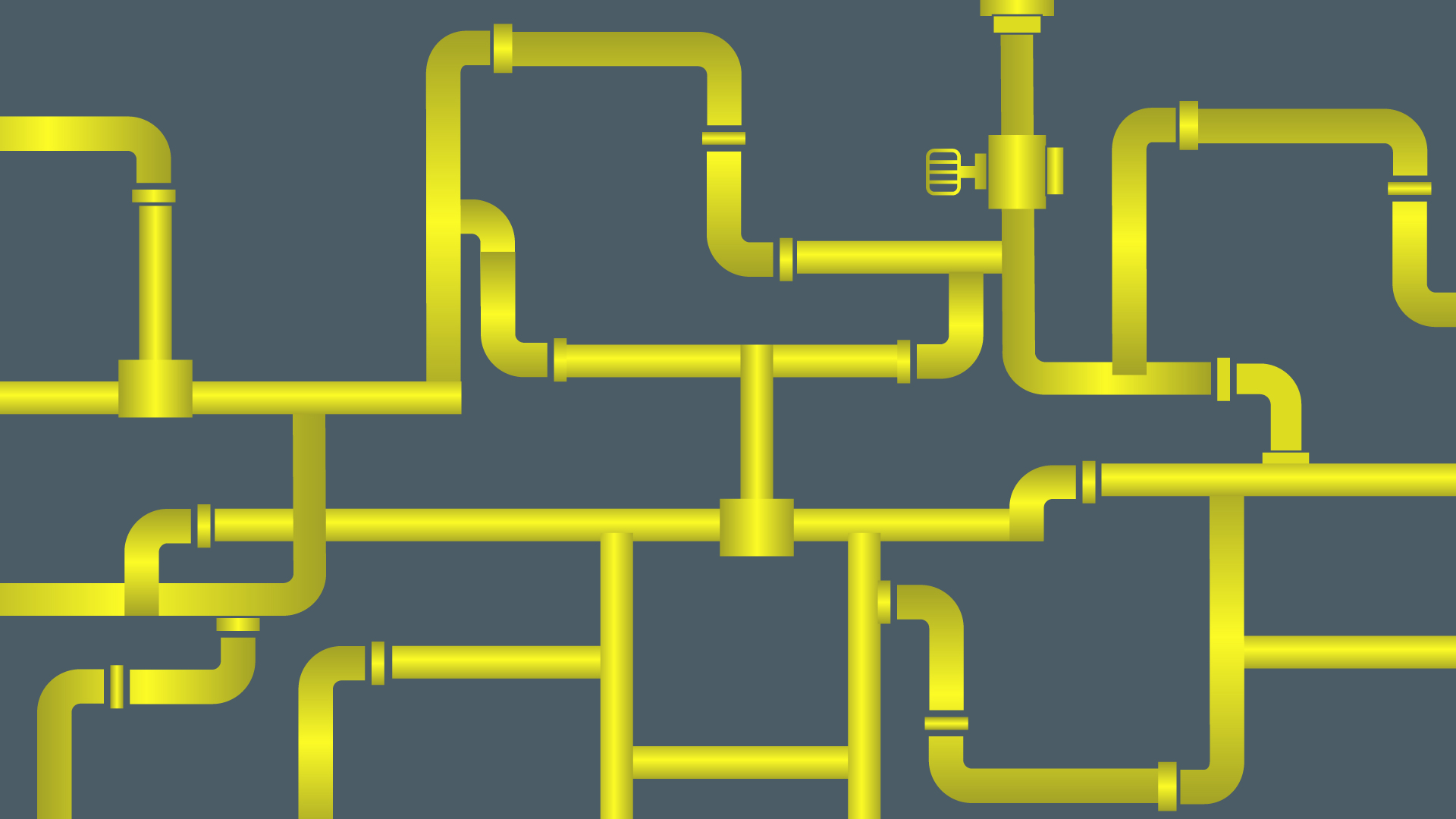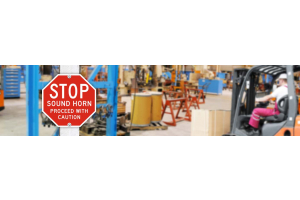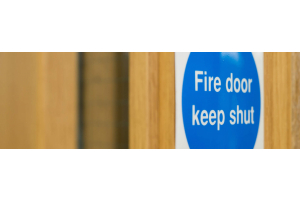
No person shall install any installation pipework in any position in which it cannot be used with safety having regard to the position of other pipes, pipe supports, drains, sewers, cables, conduits and electrical apparatus and to any parts of the structure of any premises in which it is installed which might affect its safe use. Any person who connects any installation pipework to a primary meter shall, in any case where equipotential bonding may be necessary, inform the responsible person that such bonding should be carried out by a competent person.
The location and routing of installation pipework should take into account the potential risk (eg of corrosion damage) posed by the other building services, equipment and features specified in regulations, for instance by providing adequate separation. Pipework installation and equipotential bonding should be carried out to the appropriate standard. Main equipotential bonding (MEB, sometimes known as ‘electrical cross bonding’) is the connection between the consumer earth point and the gas installation pipe. The purpose is to create a zone (eg within a dwelling), including the area occupied by the gas installation pipework, within which acceptable voltage differences are maintained to avoid the risk of electric shock.
The person who installs a section of pipework which connects with the primary meter or emergency control, whether or not the meter or control has yet been fitted, must inform the responsible person for the premises (builder, owner or occupier) of the possible need for MEB where such a requirement did not exist before the work was undertaken. Such bonding should be carried out by a competent person (see regulation 3, Qualification and supervision, for details on training and competence). The advice should be in writing. Although the regulation applies only when new systems are installed and existing ones are modified, similar action needs to be taken if an engineer notices an apparent defect in bonding in other circumstances, eg during maintenance checks (this applies to both main or supplementary equipotential bonding.
Main equipotential bonding is most commonly required where:
- (a) gas pipework is installed in new premises; or
- (b) gas pipework is first installed in existing premises.
In addition to main bonding, supplementary equipotential pipework bonding may be necessary in locations of increased electric shock risk, eg bathrooms. In such cases, a competent electrician should be consulted. In many commercial and other large sites where gas and electric meters may be remotely located, the bonding is not always possible within a 600 mm distance. A competent electrician needs to consider what action is necessary in these cases. No person shall install any part of any installation pipework in a wall or a floor or standing of solid construction unless it is so constructed and installed as to be protected against failure caused by the movement of the wall, the floor or the standing as the case may be.
Regulation addresses the potential risk of gas leaking from pipework within a cavity in a wall, floor or standing. Such leakage may be difficult to detect and readily lead to the accumulation of an explosive gas/air mixture in the cavity, presenting a considerable hazard to building occupants and others. The protective measures required may include enclosing that part of the pipe which passes through the wall, floor or standing in a gastight sleeve which itself is ventilated to a safe position, preferably to open air. This approach also provides some protection against possible mechanical damage to pipework, eg arising from structural movement. Any gap between the pipe and sleeve should be sealed with fire-retardant flexible sealant but at one end only to ensure any leak cannot accumulate in the gap space.
Shafts, ducts and voids used for accommodation of gas pipework should comply with the appropriate standard. Measures to comply with regulations, eg void/duct ventilation arrangements, should not impair any provisions for fire/smoke separation in a building. When considering LPG pipework, because LPG vapour is heavier than air, cellars, basements or un-ventilated suspended floors are all considered to be voids. The exception for ‘living flame effect’ fires in regulations applies only to those fires of this type which operate with a fanned flue system (ie where removal of combustion products depends on a fan rather than natural draught through a flue/ chimney) and are installed within the inner leaf of a cavity wall. Although pipework connected to these fires may be ‘hidden’ by routing within a cavity, without the restriction in regulations, the length of pipework in the cavity must still be kept as short as is reasonably practicable, ie by taking the most direct route consistent with requirements for the particular installation. The installation of ‘living flame effect’ fires and associated flue systems, as covered by regulations, normally involves work which may affect the structural integrity of a building; requirements of Building Regulations should be met, as appropriate.




